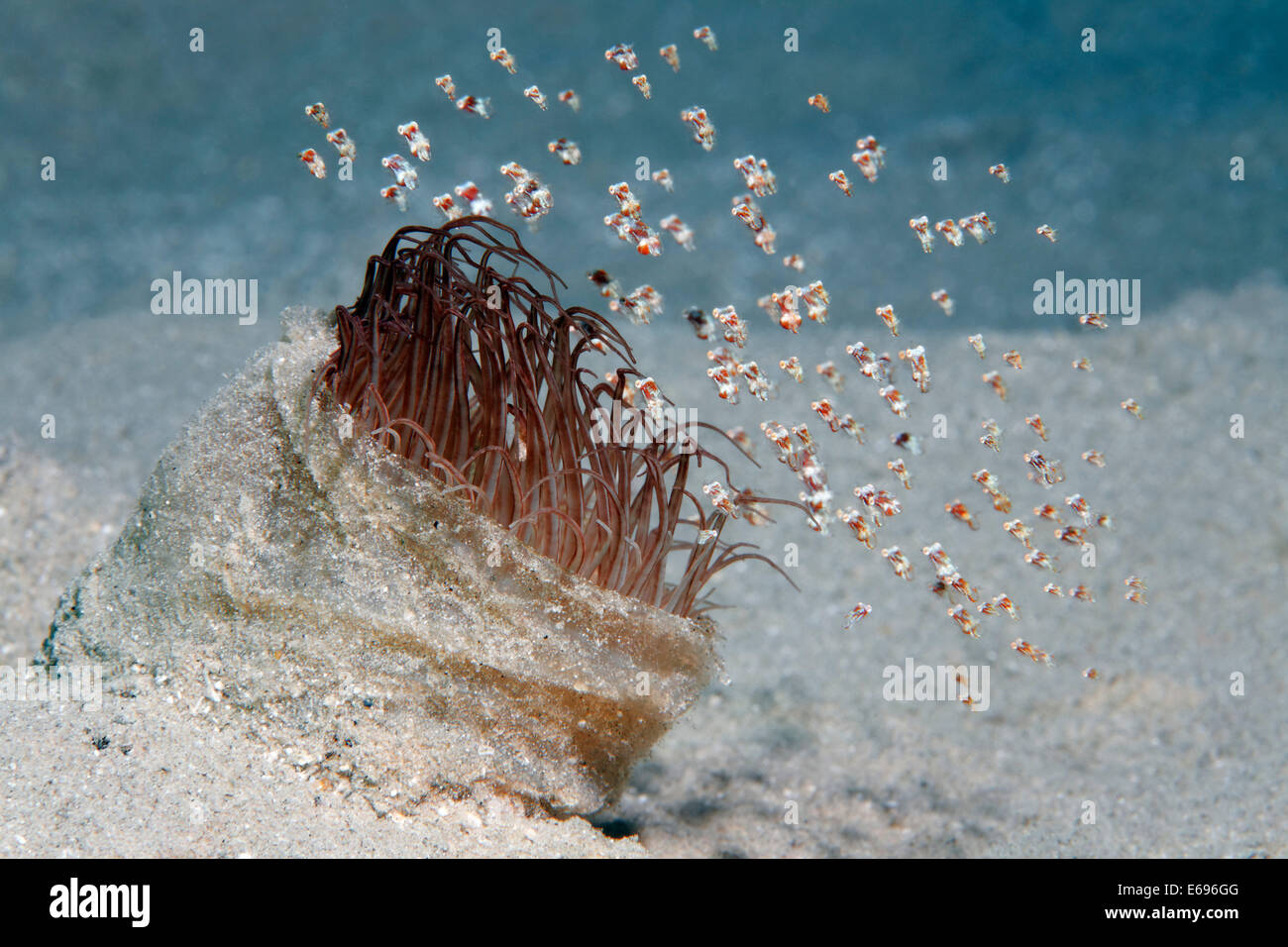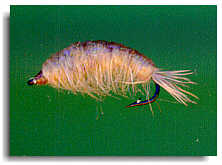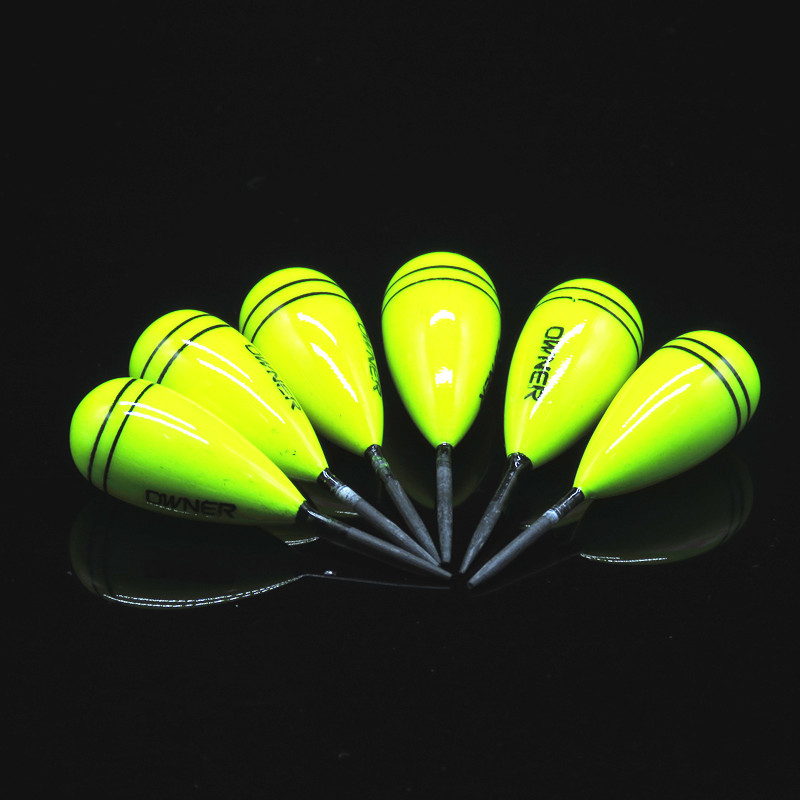Floating Shrimp
Floating shrimp are a popular bait used by fishermen around the world. The small crustaceans are known for their tantalizing movement in the water, making them a favorite target for fish such as trout and bass. But just what is it about floating shrimp that makes them so effective?
Pain Points
Floating shrimp can be difficult to present properly, particularly in fast-moving water. They also require specific equipment, such as a fly rod, to use effectively. Additionally, they may not work as well in certain conditions, such as murky water or when fish are not actively feeding.
Target of Floating Shrimp
Floating shrimp are meant to mimic the movement and appearance of the real thing, enticing fish to bite. They are often used in fly fishing, which involves using specialized equipment and techniques to cast the bait to specific locations in the water.
Main Points
To sum up, floating shrimp are a popular bait for fishermen looking to catch trout or bass. While they can be difficult to use in some conditions, they are a favorite target for fish due to their lifelike appearance and movement in the water. Using specialized equipment and techniques, anglers can present this bait to fish and increase their chances of a successful catch.
Floating Shrimp Mechanics and Presentation
When it comes to using floating shrimp, presentation is key. The bait should float at the same level as the fish and move in a natural manner. Anglers can achieve this by using a floating line and leader, as well as a specialized fly that mimics the movement of the real thing.
Personally, I have had great success using floating shrimp in clear, slow-moving streams. By carefully presenting the bait and keeping an eye on the water for signs of fish, I have been able to catch some impressive trout using this method.
Equipment Needed for Floating Shrimp
As mentioned earlier, using floating shrimp effectively requires specialized equipment. This includes a fly rod, floating line and leader, and a selection of floating shrimp flies in various sizes and colors. Additionally, anglers may want to use waders or other protective gear if they plan on fishing in deeper water.
Another thing to consider is the type of water being fished. Murky or fast-moving water may not be ideal for using floating shrimp, as the bait may not be visible to fish. In these cases, anglers may want to switch to another type of bait or fishing technique.
Choosing the Right Floating Shrimp Fly
When it comes to selecting a floating shrimp fly, there are a few things to keep in mind. The size and color of the fly should match the natural shrimp in the area being fished. Additionally, the fly should be lightweight and easy to cast, while still being able to move naturally in the water.
Using Floating Shrimp in Different Water Conditions
Another thing to consider when using floating shrimp is the water conditions. In clear, slow-moving water, the bait is likely to be more effective due to its appearance and movement in the water. However, in murky or fast-moving water, it may be more difficult to get the attention of fish using this method.
Question and Answer
Q: Is using floating shrimp difficult for beginners?
A: While it can take some practice to master the technique, beginners can still have success using floating shrimp. Starting with smaller flies and simpler presentations can help build confidence and skill over time.
Q: What kind of fish are typically caught using floating shrimp?
A: Trout and bass are the most common targets for floating shrimp, although other fish may also be caught using this bait in certain conditions.
Q: Can floating shrimp be effective in murky water?
A: While it may be more difficult to get the attention of fish in murky water, using larger or more brightly colored floating shrimp flies may still yield results.
Q: Can floating shrimp be used in saltwater fishing?
A: Yes, floating shrimp can be effective in saltwater fishing for species such as redfish and bonefish.
Conclusion
Overall, floating shrimp are a versatile and effective bait for anglers looking to catch trout and bass. While there may be some challenges associated with using this technique, careful presentation and the right equipment can lead to a successful catch. By keeping these tips in mind and experimenting with different flies and presentations, anglers can improve their chances of success and enjoy the thrill of catching fish with floating shrimp.
Gallery
Shoal Of Tiny Floating Shrimp (Idiomysis Tsurnamali) On Tube-dwelling

Photo Credit by: bing.com / floating dwelling shoal shrimp tiny alamy tube
The Floating Shrimp | Global FlyFisher | One Of Hanafi Saleh's Patterns

Photo Credit by: bing.com / shrimp floating saleh hanafi
Floating Spey Shrimp - YouTube

Photo Credit by: bing.com /
Buy Foreign Trade Tail Single Abo Shrimp Floating Single Head Carbon

Photo Credit by: bing.com /
Fly Fisherman's Café: Floating / Slow Sinking Shrimp

Photo Credit by: bing.com / sinking floating shrimp slow